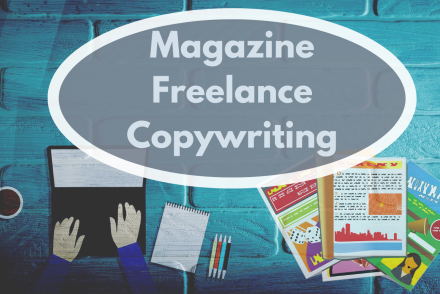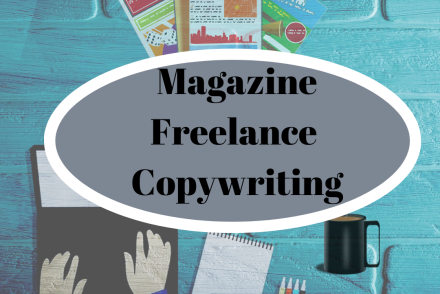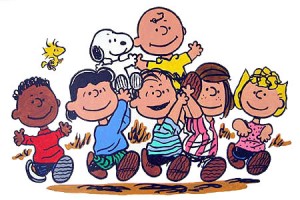
How to Start Writing Professionally: Essential steps for Aspiring Authors
Landing your first professional writing gig can feel like an uphill task if you’re an aspiring author. Things can…
October 15, 2024
Landing your first professional writing gig can feel like an uphill task if you’re an aspiring author. Things can…
October 15, 2024
As a writer, your prized possession is almost certainly your collection of books. Whether you read reams of epic…
June 15, 2024
Medical scenes can be a great way to explore the natural drama of life. These types of events frequently…
April 14, 2024
Freelancing as a writer can be deeply rewarding. You’re getting paid to show off your wordsmithing skills and can…
September 14, 2023
The advent of eReaders and the rise of social media means that, as an eBook writer, you can reach…
July 15, 2023
Everyone knows there are certain rules that must be followed in order to present an article to a publication.…
April 14, 2021
The new year. A great time to try something you haven’t done before. How about writing articles? Many people…
January 14, 2021
There is a television show this season called Titans. It is one of those shows that challenges the strength…
February 14, 2019
Writers just beginning to write articles look around them and the big question becomes, “I know some of the…
January 14, 2019
Last month we looked at an overview of writing nonfiction for kids. This month we focus in on writing…
September 21, 2018
Does your writing have a lot of variety? Or do you feel like you are writing the same type…
May 13, 2018
As a long-time writer for magazines and a former magazine editor, there are some basic truths about publishing in…
October 13, 2017
“Wah wah woh wah wah” Is all I hear at times. I feel like Charlie Brown, a blockhead. My…
August 2, 2017